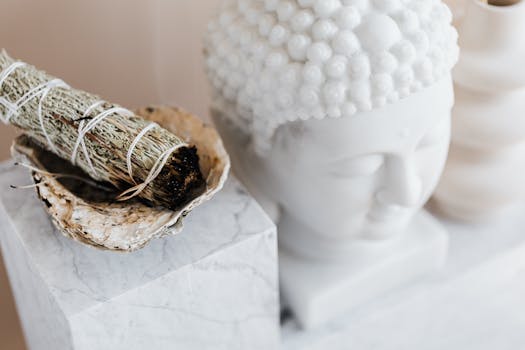The Cultural Wonders of India

India, a land of diverse cultures and rich history, stands as a testament to human ingenuity and tradition. From its ancient temples and palaces to its vibrant festivals and art forms, India's cultural landscape is vast and varied. Each region of the country offers a unique glimpse into its heritage, making it a fascinating destination for travelers and scholars alike. This article explores the cultural wonders of India, highlighting key aspects that contribute to its unparalleled cultural wealth.
Historical Monuments and Architecture
India's historical monuments are a reflection of its long and varied history. The Taj Mahal in Agra, an iconic symbol of love built by Emperor Shah Jahan in memory of his wife Mumtaz Mahal, is perhaps the most famous. This white marble mausoleum attracts millions of visitors annually.
Another significant site is the Qutub Minar in Delhi, a UNESCO World Heritage Site. This 73-meter tall minaret was constructed in 1193 by Qutb-ud-din Aibak and showcases the Indo-Islamic architecture of that era. The intricate carvings and inscriptions on the minaret provide insights into the craftsmanship of the period.
The ancient city of Hampi, once the capital of the Vijayanagara Empire, is dotted with ruins that tell tales of grandeur and prosperity. Its temples, palaces, and market streets offer a glimpse into life during the 14th century.
- Taj Mahal - Agra
- Qutub Minar - Delhi
- Hampi Ruins - Karnataka
Festivals and Celebrations
India's festivals are a vibrant expression of its cultural diversity. Diwali, the festival of lights, is celebrated with great fervor across the country. Homes are decorated with lamps and rangoli patterns, fireworks light up the sky, and sweets are exchanged among friends and family.
Holi, the festival of colors, marks the arrival of spring. People gather to throw colored powders at each other, dance to traditional music, and enjoy festive foods. It is a time of joy and camaraderie.
The Pushkar Camel Fair in Rajasthan is another unique celebration. This annual event sees thousands of camels being traded amidst folk performances, competitions, and religious rituals. It offers a blend of cultural and commercial activities that attract tourists from around the world.
Traditional Arts and Crafts
India's arts and crafts are as diverse as its culture. The intricate designs of Madhubani paintings from Bihar depict mythological scenes using natural dyes. These paintings are not just art; they are storytelling mediums passed down through generations.
Pashmina shawls from Kashmir are renowned for their softness and intricate embroidery. The process of making these shawls involves meticulous hand-weaving techniques that have been preserved over centuries.
Puppetry is another traditional art form prevalent in states like Rajasthan. The colorful puppets made from wood are used to narrate folk tales and historical events through performances that captivate audiences young and old.
Cuisine: A Gastronomic Journey
Indian cuisine is a mosaic of flavors that vary from region to region. North Indian dishes like butter chicken and naan bread offer rich flavors with generous use of cream and spices. In contrast, South Indian cuisine features rice-based dishes like dosas and idlis accompanied by tangy sambar.
Bengali cuisine from the eastern part of India is known for its use of fish and mustard oil. Dishes like macher jhol (fish curry) are staple items that reflect the region's culinary preferences.
The western state of Gujarat offers vegetarian delights such as dhokla (fermented rice cake) that are both healthy and flavorful. Street food like Mumbai's vada pav (spicy potato fritter in a bun) showcases India's knack for creating delicious snacks enjoyed by locals and visitors alike.
| Region | Signature Dish | Key Ingredient |
|---|---|---|
| North India | Butter Chicken | Cream & Spices |
| South India | Dosa | Rice & Lentils |
| Bengal | Macher Jhol | Fish & Mustard Oil |
| Gujarat | Dhokla | Fermented Rice & Chickpeas |
| Mumbai | Vada Pav | Potato & Bread |
The cultural wonders of India offer a rich tapestry woven from its history traditions arts cuisine each aspect adding unique flavor to country's identity whether exploring ancient monuments participating vibrant festivals savoring diverse culinary delights there something everyone appreciate learn about India's heritage.